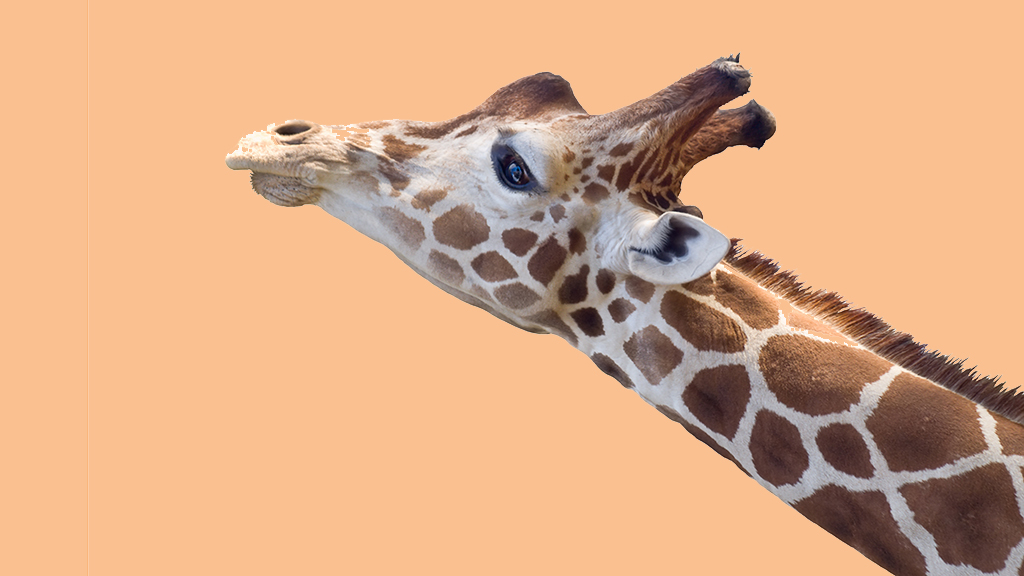Abstract
This interrupted case study is designed to introduce beginning biology students to the process of science by exploring a question that is accessible to students with limited scientific background. The giraffe (Giraffa camelopardialis) is the tallest terrestrial mammal and has a disproportionally long neck. Historically, this trait has been hypothesized to be an adaptation for competition between the giraffe and other herbivore species. Guided by a PowerPoint presentation and (optional) worksheet, students will propose hypotheses to explain the giraffe's uniquely long neck and will examine the results of field experiments to test the prevalent historical hypothesis that the long neck allows the giraffe to exploit high food sources. They will find that the data do not support this initial hypothesis and will use other field observations to propose and examine an alternative hypothesis. Throughout the activity students will engage in the process of science; they will propose hypotheses, design experiments, make predictions, and draw conclusions from published field observations.



